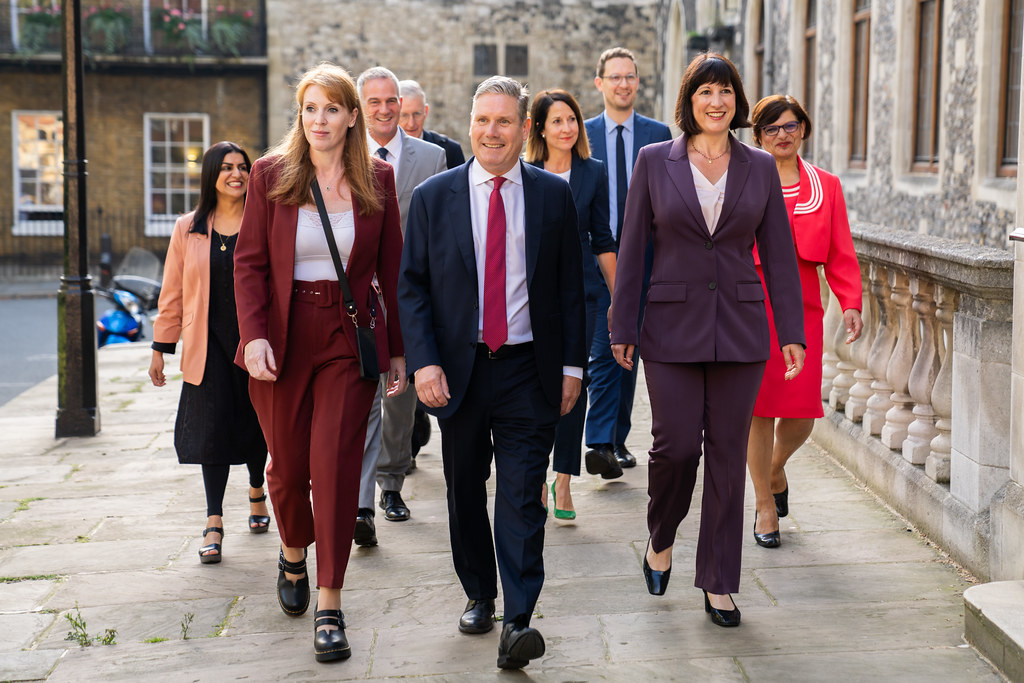Can the use of a story in a serious presentation ever be justified as anything more than ornamental – a sprinkle of sugar to help the pill go down? Martin Shovel asks if you're sitting comfortably, as he looks at how adding some storytelling art to your arguments can make an impact.
We're brought up to believe that stories and arguments are two fundamentally different ways of thinking and making sense of the world. On the one hand, small children are soothed to sleep with bedtime stories, not arguments. On the other, a board of directors is persuaded to adopt a new strategic objective by a series of rigorous arguments, not stories.
Of course, stories and arguments are different forms of discourse, but experiencing them in action recently at a conference for senior health service managers convinced me that both have a critical role to play in high-level thinking and communication.
Stories and arguments in action
Individually each has great power. Stories grab our attention and feed our imagination; they move and entertain us. While well-constructed arguments make the conclusions that they lead us to appear inevitable and certain. However, used in combination, stories and arguments make up for each other's deficiencies and offer presenters an unrivalled panoply of persuasive tools and techniques. Here's an example from the conference.
Many of the delegates I spoke to were especially taken with one presentation they'd heard. It was given by a delegate who believed passionately that 'treating every patient with dignity should be a priority for all hospitals'. He brought his assertion to life with a moving personal story about his dying father.
A personal account
His story hooked us from the start with its surprising opening. It began with his memories of the two hospitals that had looked after his sick father. The first hospital had saved and prolonged his father's life – but the experience had been a very negative one for the family because of the poor care his father had received throughout his stay there. The staff had been insensitive to his and his family's needs, and they had failed to protect him from being physically attacked by another patient.
By contrast, the experience of the second hospital had been a very positive one, even though his father had died there. The staff had treated him with dignity and compassion, and had kept the family informed of his progress. The speaker also ended on an unexpected note by pointing out that, despite the excellent care it had given his father, the second hospital had been ranked considerably lower in the hospital league tables than the first one.
What's more, the second hospital had been reprimanded for having a high mortality rate. In the speaker's view this was unjustified because it was obvious to him that the cause of the second hospital's higher mortality rate had been people like himself moving heaven and earth to get their dying relatives into a place with an outstanding reputation for its care of the terminally ill.
This presentation had all the strengths and weaknesses of a good story. It made us appreciate the speaker's belief in the importance of treating patients with dignity by dramatising it. We weren't just told, we were shown. The experience it recreated in words was tangible – we could see and feel what he and his family had gone through. And because of its vividness, the story was very memorable.
The limits of storytelling
But from an argumentative perspective the story had a number of deficiencies. It was more emotional than rational. It was based on anecdotal rather than documentary evidence. And the nature of its concrete and specific detail – one family, two hospitals – made it very difficult to draw general conclusions with any confidence.
Later in the conference, however, other speakers engaged in an argument about hospital league tables that was so abstract and rarefied it left me gasping for air. The league table results were hard to make sense of, even misleading, without concrete examples to back them up. These later speakers had missed an important trick by not using a story element as a launch pad for their more general observations.
True, the first speaker's story didn't conclusively prove anything. But it had within it the seeds of a vital general question about hospital league tables, which is 'when it comes to statistics, can appearances be deceptive?' For me, the later debate demonstrated that if statistics aren't grounded in concrete examples, it's impossible to make sense of them. This is because an abstract argument that is not grounded in story is like a hot air balloon risen from its moorings – it's in danger of floating off into the stratosphere and disappearing without trace.
Putting it all together
Next time you're putting together a high-level presentation for the board or for a specialist audience, use stories to support your argument and to give it some backbone and impact. Making a presentation without using both stories and arguments is a bit like attempting to eat a beef steak with only a knife – it can be done, but you're much better off using a fork too!
Martin Shovel helps people bring their presentations, speeches and pitches to life by showing them how to find the right words. Discover more by visiting www.creativityworks.net
To read more features written by Martin click on the title below:
Mehrabian Nights: An informative tale about (mis)communication
Free thinking: Memories are made of this
Free thinking: Winning hearts & minds
Free thinking: Music to your ears
Free thinking: Why understanding how you think can help you think better
Free thinking: How to become a charismatic speaker









